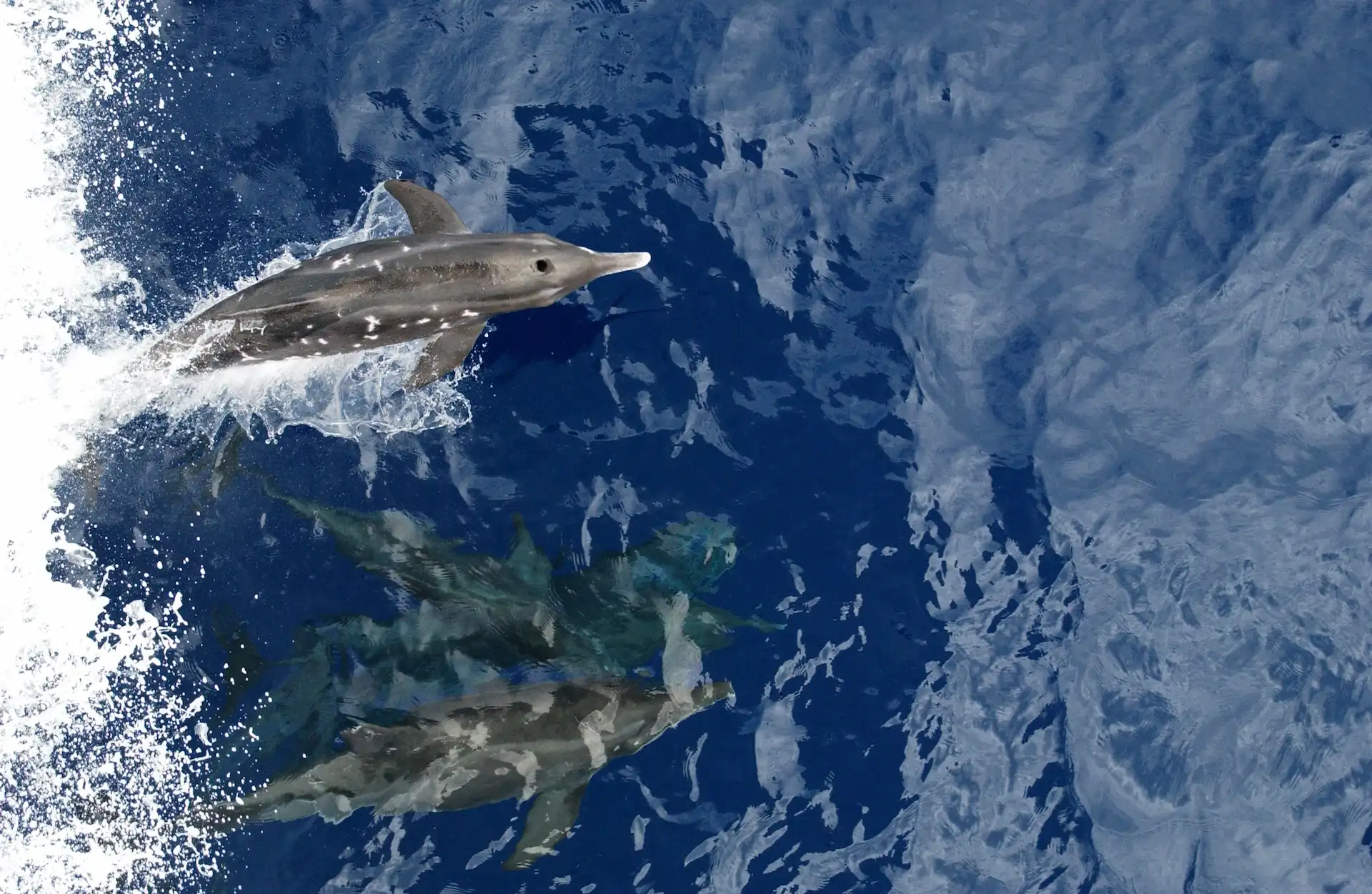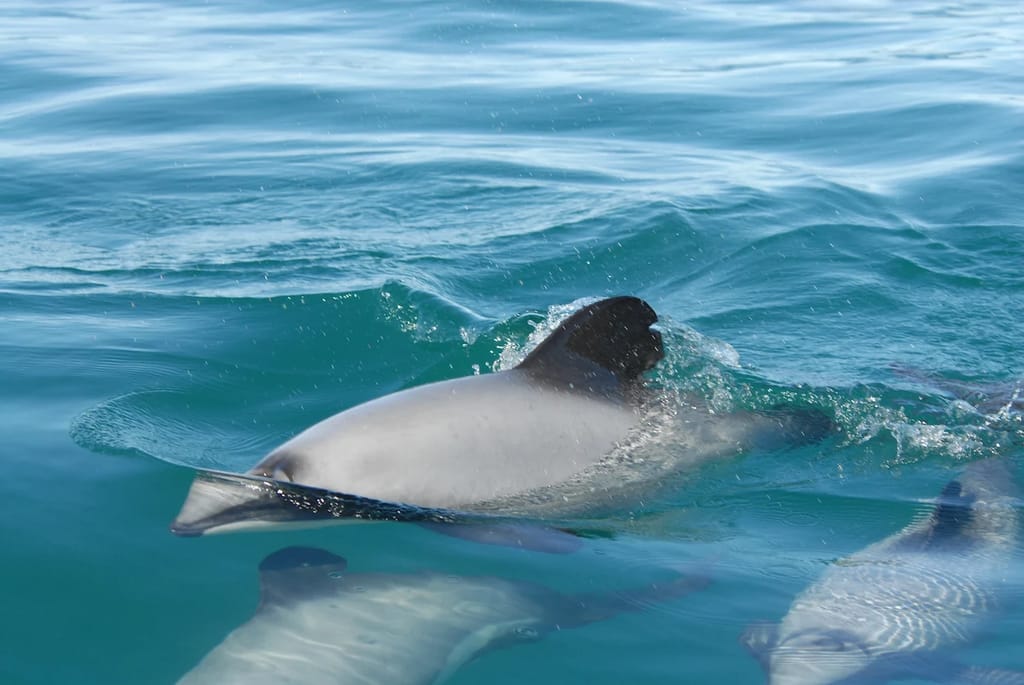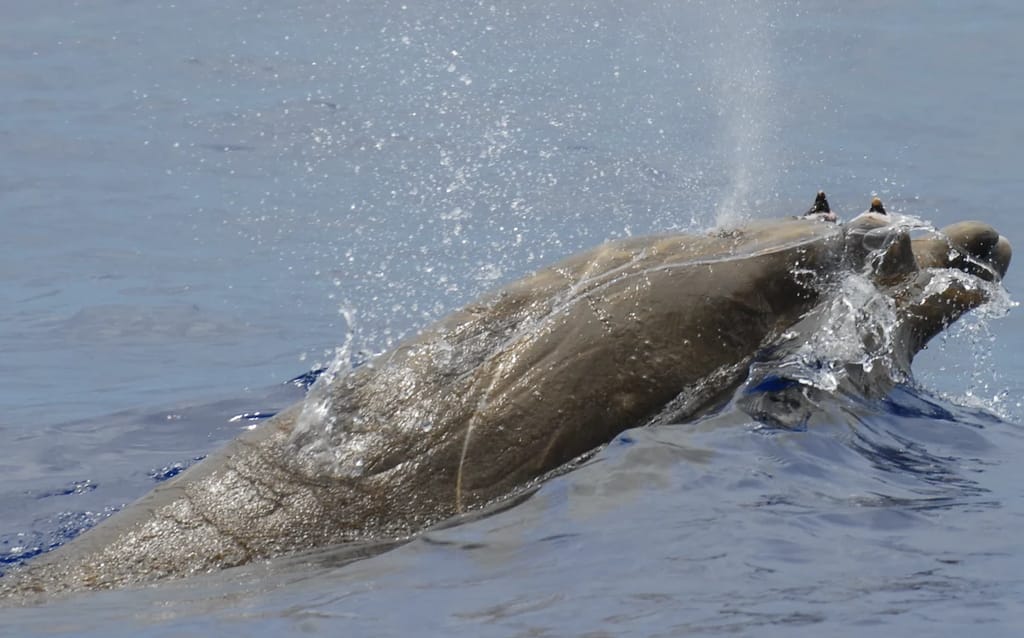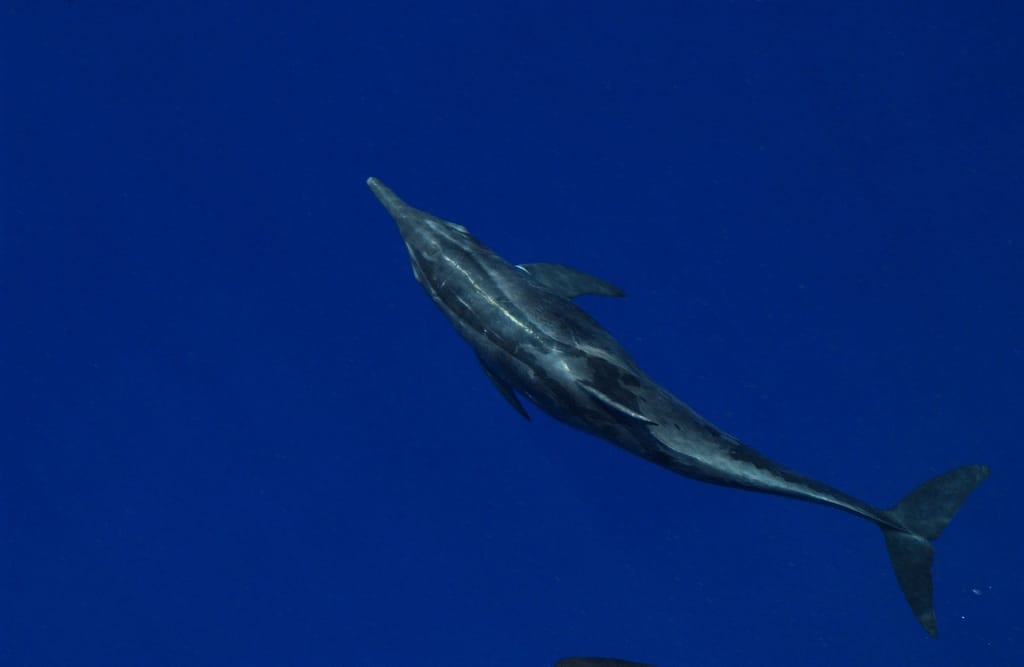Four Lesser-Known Marine Mammals
Brush up on your marine mammal trivia.

When we talk about marine mammals, we often talk about the same cast of characters: blue whales, bottlenose dolphins, manatees and humpback whales, for example. And while there’s absolutely nothing wrong with celebrating these incredible marine mammals, there are others that are often excluded from the spotlight.
Today, we’re highlighting a few lesser-known marine mammals that deserve their time to shine. Before we do, let’s cover a few facts about marine mammals. As their name suggests, marine mammals are mammals that live in or near the ocean. Mammals are warm-blooded vertebrates (animals with a backbone), that have hair or fur and produce milk to feed their young. Other popular mammals include horses, dogs, elephants and, of course, humans.
Get Ocean Updates in Your Inbox
Sign up with your email and never miss an update.
There are four different groups of marine mammals:
- Cetaceans: whales, dolphins and porpoises. There are about 70 species split between two smaller groups: baleen whales and toothed whales. Read more >>
- Pinnipeds: Seals and sea lions. Their name means “fin-footed,” which references their four flippers they use to swim and, for some, navigate on the ice. Read more >>
- Marine fissipeds: Sea otters and polar bears. The animals in this group look similar to terrestrial mammals, like bears and rodents, but rely on the ocean for food. Read more >>
- Sirenians: Manatees and dugongs. Named for the mythical sirens, legend has it that sailors used to mistake these animals for mermaids. Read more >>
There are more than 130 species of marine mammals in these categories, found all over the planet from the tropics to the poles. In the United States, marine mammals are protected under the aptly named Marine Mammal Protection Act (MMPA), which prohibits the harassment, capture or killing of any listed animals. Learn more about the MMPA.
Now that we have the underlying foundation, let’s dive into four lesser-known species of marine mammals.
Bearded seal
The bearded seal gets its name from—you guessed it—its distinguished whiskers. They use their “beards” to feel along the sea floor to look for food, including clams, crabs, flatfish and more. Bearded seals are found in the chilly waters of the Arctic, hanging out in the Bering Sea in the winter and moving north to the Chukchi and Beaufort seas in the warmer months. They are the largest of the four species of Arctic seals, growing to eight feet long and 800 pounds.

Hector’s dolphin
As the world’s smallest dolphin, the Hector’s dolphin only grows to about 110 pounds or about the size of a sheepdog! They are found around New Zealand and are considered to be one of the rarest dolphin species in the world. One nickname for them is the “Mickey Mouse dolphin,” after their rounded dorsal fins which look like mouse ears. Recently, scientists determined there are actually two sub-species of Hector’s dolphin, one found in the South Island of New Zealand (Cephalorhynchus hectori), and another in the North Island, (Cephalorhynchus hectori maui, or the Māui dolphin)

Blainville’s beaked whales
There is little known about this elusive whale species, especially because the Blainville’s beaked whales spend their time in deep waters offshore. They dive down to seamounts and slopes up to 3,000 feet below the surface looking for squid and fish. The deepest dive ever recorded was 4,600 feet deep! Blainville’s beaked whales are often found in groups of less than ten individuals, and there are often more females than males in a group.

Rough-toothed dolphins
These dolphins get their name from their distinctive ridged teeth (see examples from a museum). They’re found in tropical and temperate waters around the world and travel in groups—the largest of which reach up to 150 individuals. Some people consider these animals to look more primitive, and even reptilian, compared to other dolphins.

These are just four of many marine mammals that aren’t talked about as much as their famous cousins. No matter the species, however, there are threats that are hurting marine mammals around the world. For example, marine mammals face entanglement from marine debris and ghost gear—this can prevent them from eating, or even breathing, and can ultimately cause death. Learn more about ghost gear and take action to keep plastic pollution out of our ocean and away from marine mammals.